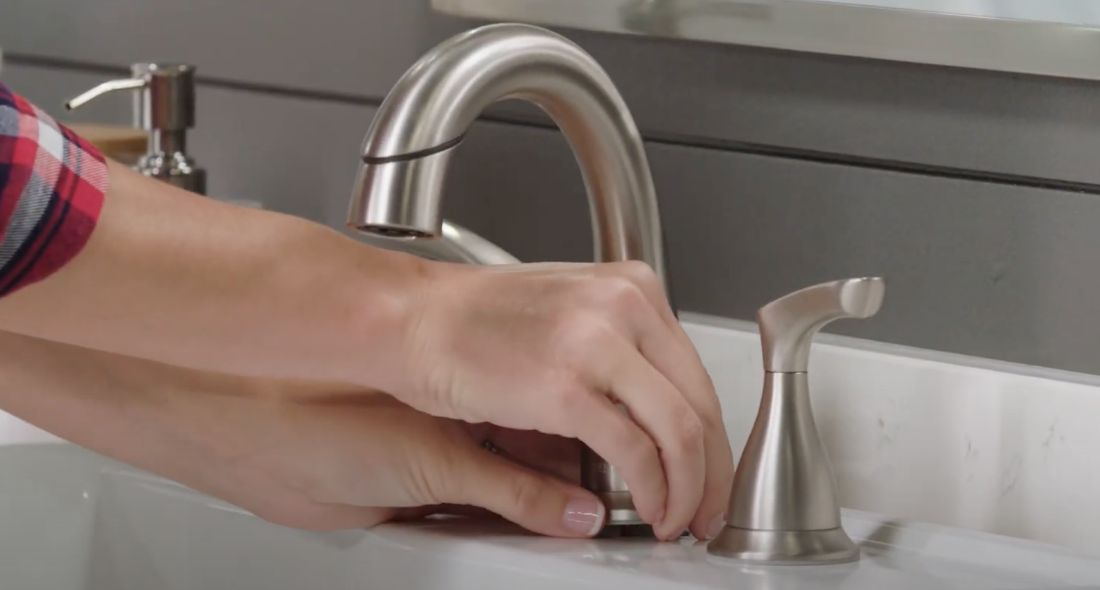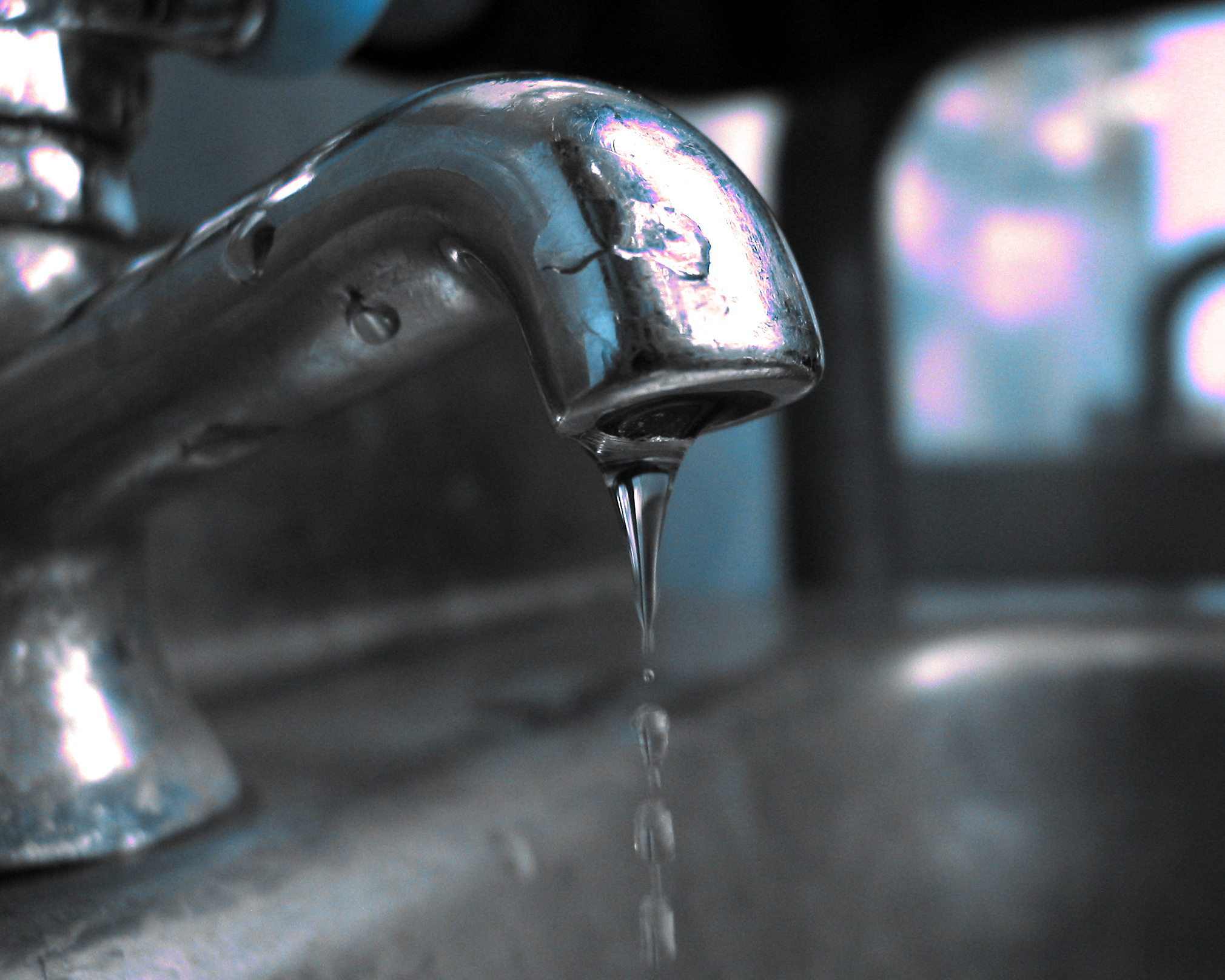Why It's Important to Fix a Broken Faucet
Why It's Important to Fix a Broken Faucet
Blog Article
What are your concepts on Leaky Faucets: Why They Happen & What to Do About Them?

Trickling faucets may feel like a minor aggravation, but their effect goes beyond just the nuisance of the sound. From drainage to incurring unneeded financial expenses and health and wellness risks, disregarding a trickling tap can result in various effects. In this write-up, we'll explore why it's critical to address this common house problem quickly and properly.
Wastefulness of Water
Ecological Effect
Dripping taps contribute substantially to water wastage. According to the Environmental Protection Agency (EPA), a single faucet dripping at one drip per secondly can lose more than 3,000 gallons of water each year. This not just stress water resources however also affects environments and wild animals dependent on them.
Financial Prices
Raised Water Costs
Past the environmental influence, leaking faucets can blow up water costs significantly. The accumulated wastefulness over time translates right into greater utility expenditures, which can have been prevented with timely repairs.
Possible Residential Property Damages
In addition, prolonged trickling can bring about harm to components and surface areas bordering the tap. Water build-up can cause discoloration, deterioration, and even architectural issues if left unattended, resulting in extra repair service prices.
Wellness Concerns
Mold and Mold Development
The continuous presence of dampness from a leaking tap creates a perfect atmosphere for mold and mildew growth. These fungi not only compromise indoor air top quality however additionally position wellness threats, particularly for people with breathing problems or allergic reactions.
Waterborne Illness
Stationary water in leaking taps can become a breeding ground for germs and other virus, increasing the risk of waterborne diseases. Pollutants such as Legionella microorganisms prosper in stagnant water, potentially bring about major illnesses when ingested or breathed in.
DIY vs. Expert Repair service
Advantages and disadvantages of Do It Yourself Repair Work
While some may try to take care of a leaking tap themselves, DIY fixings come with their very own collection of challenges. Without appropriate knowledge and tools, do it yourself efforts can worsen the problem or lead to insufficient repair services, prolonging the issue.
Advantages of Hiring a Specialist Plumber
Hiring a specialist plumber guarantees that the underlying root cause of the trickling tap is dealt with successfully. Plumbings possess the experience and equipment to diagnose and repair faucet problems effectively, saving time and minimizing the threat of additional damage.
Step-by-Step Overview to Repairing a Dripping Tap
Tools Called for
Before trying to take care of a dripping tap, gather the needed tools, consisting of a flexible wrench, screwdrivers, substitute parts (such as washers or cartridges), and plumber's tape.
Typical Tap Issues and Their Solutions
Determine the kind of faucet and the details concern triggering the drip. Common issues consist of damaged washers, corroded valve seats, or defective O-rings. Refer to maker directions or on the internet tutorials for detailed guidance on fixings.
Safety nets
Normal Maintenance Tips
To avoid trickling taps, perform routine maintenance such as cleaning up aerators, inspecting for leakages, and replacing damaged components immediately. Furthermore, take into consideration installing water-saving gadgets or updating to a lot more reliable components.
Relevance of Prompt Fixes
Resolving leaking faucets as quickly as they're seen stops additional water wastage and possible damages, ultimately conserving both water and money in the future.
Impact on Residential Or Commercial Property Value
Understanding of Well-Maintained Property
Preserving a residential property in good condition, including addressing maintenance concerns like dripping taps, boosts its perceived worth and desirability among possible buyers or occupants.
Impact on Resale Worth
Residences with well-maintained plumbing fixtures, consisting of taps, command higher resale values in the real estate market. Dealing with leaking taps can add to a favorable perception throughout property evaluations and negotiations.
Environmental Obligation
Private Contribution to Conservation
Taking duty for repairing dripping faucets straightens with broader initiatives towards water conservation and ecological sustainability. Every individual's activities collectively make a substantial effect on preserving valuable resources.
Sustainable Living Practices
By focusing on punctual repair work and taking on water-saving habits, individuals add to lasting living techniques that profit both present and future generations.
Conclusion
Attending to a trickling faucet exceeds mere comfort; it's a vital action towards preserving water, decreasing monetary expenses, and guarding wellness and home. Whether through DIY repair work or professional assistance, doing something about it to deal with leaking faucets is a tiny yet impactful way to advertise accountable stewardship of resources and add to a much healthier, extra sustainable future.
How to Fix a Leaky Faucet: Step-by-Step Repair Guide
A leaky faucet may seem like a simple annoyance, but if it's not fixed promptly, that leak could cost hundreds to potentially thousands. From water damage to mold, mildew, and high water bills, even a tiny leak can be catastrophic if left unattended. Damage like this can even affect the overall value of your home, so it's important to take the right approach for leaky faucet repair. You may need the help of a plumber in some cases, but we've got a few tips you can try on how to fix a leaky faucet before calling the pros.
Four Faucet Types
When you're learning how to fix a leaky faucet, the first step is knowing what kind of faucet you're working with! There are four common types.
Cartridge Faucets
Cartridge faucets come in one- or two-handled varieties. In one-handled cartridge faucets, hot and cold water combines in a single cartridge. In the two-handled versions, hot and cold water are controlled separately and mixed in the faucet.
Ball Faucets
Ball faucets have a single lever you push up and down to adjust the pressure and rotate to change the temperature. A slotted metal ball controls the amount of water allowed into the spout.
Compression Washer Faucets
They're the oldest type of faucet, but they're still used in many homes — especially older ones. Compression faucets have two separate handles that, when turned, raise or lower the washer that seals a water valve. This valve stops water from flowing through the faucet when it is turned off.
Disc Faucets
Disc faucets rarely need to be repaired due to their maintenance-free design. The water flow is controlled by two discs — the upper one raises and lowers against a fixed lower disc, creating a watertight seal. If your disc faucet starts leaking, you may need to replace the seals or clean residue buildup from the inlets.
Fixing a Leaky Faucet
Step 1: Turn Off the Water
Whether you're learning how to fix a leaky bathtub faucet or how to fix a leaky kitchen faucet, always turn off the water supply to your working area when you're fixing a leak. The last thing you want is a flood added to your list of things to fix.
Look for the shutoff valves below your sink or around the tub and turn them clockwise to stop the water flow. If your faucet doesn't have shutoff valves, you may need to turn off the water for the whole house. Check to make sure it's off by turning the faucet on. If nothing comes out, you're ready to start the repair.
Step 2: Take Apart the Faucet
How you disassemble your faucet depends on the type of fixture you have. You can use a flathead screwdriver to remove the caps on top of the handle or handles for cartridge and compression faucets. Inside, you should see handle screws. Unscrew these with a screwdriver to remove the handle.
Disc- and ball-style faucets will typically have an inlet screw near the handle, and removing that will reveal the interior of the faucet.
Detach the Valve Stem
For cartridge- and compression-style faucets, you'll see the inner valve stem or cartridge once you remove the faucet handles. If you have a compression faucet, unscrew the brass valve stem. If you have a cartridge faucet, pull out the cartridge. If your cartridge has been in place for a while, it may require some tools or extra force to remove it due to mineral deposits.
Examine and Replace Parts
Once you've removed the parts, check them out to confirm what needs to be replaced. You may see corroded rubber washers, O-rings, stems, or cartridges. On a ball-style faucet, check the seats and springs for damage.
If you need to repair a leaky disc faucet, check the inlet and seals on the lower disc.
Once you determine what parts must be replaced, visit your local hardware store. Bring the damaged parts with you to ensure you can purchase the correct components to replace them.
Clean Valves and Faucet Cavity
If you've removed a stem or cartridge, you may notice mineral buildup in the faucet's threads. Use white vinegar to clean the valve seat by soaking it for a few minutes, then scrub it away with a soft toothbrush and rinse with warm water. You can also clean the interior of the faucet in the same way.
Reassemble the Faucet
Once your faucet is cleaned and the required parts have been replaced, it's time to reassemble it. Put the pieces back together and slowly turn the water supply back on. Doing this slowly is crucial because too much initial water pressure can damage the new hardware you've just installed.
https://homewarranty.firstam.com/blog/how-to-fix-leaky-faucet

I came across that post on while doing a search on the internet. You should pause to distribute this page if you enjoyed reading it. Thanks so much for taking the time to read it.
Report this page